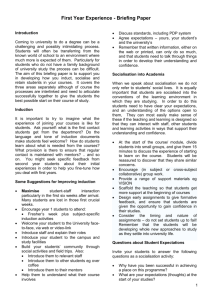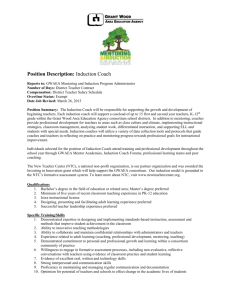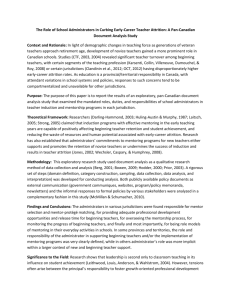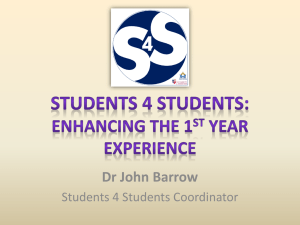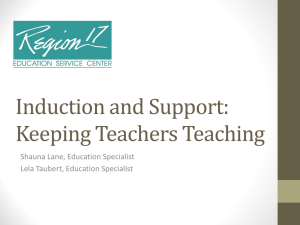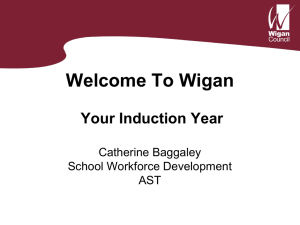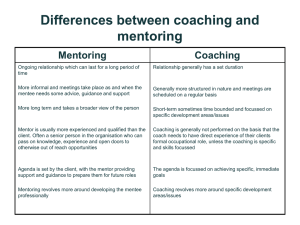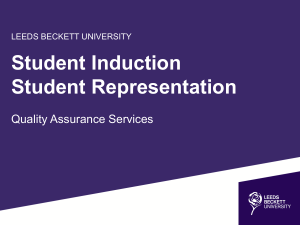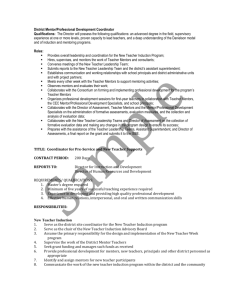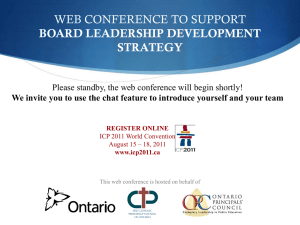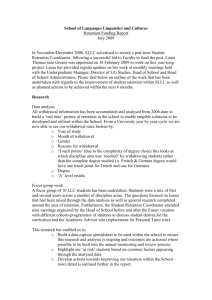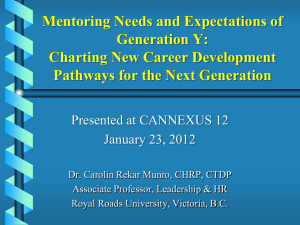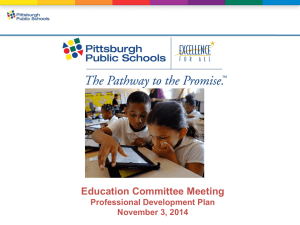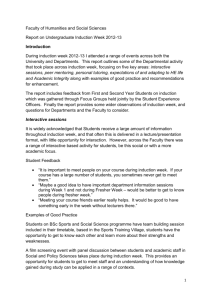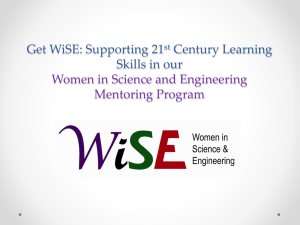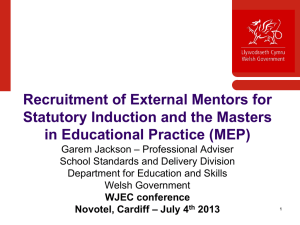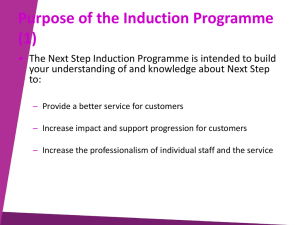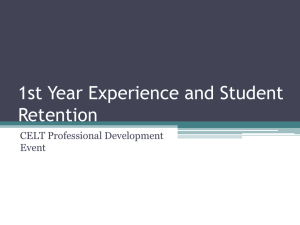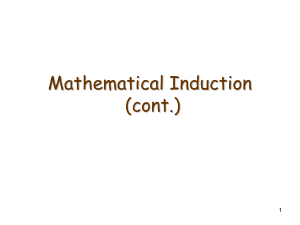Preferred Future
advertisement
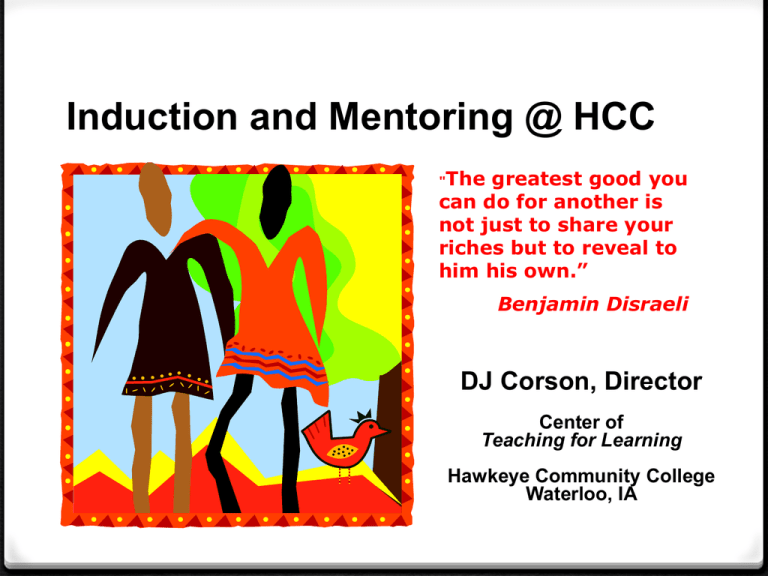
Induction and Mentoring @ HCC The greatest good you can do for another is not just to share your riches but to reveal to him his own.” " Benjamin Disraeli DJ Corson, Director Center of Teaching for Learning Hawkeye Community College Waterloo, IA Strategies We Used Preferred Future Current Reality Targeted specific outcomes for our induction program (created a Preferred Future) Used mentors to help with specific aspects of the work. Paired mentor/mentees from different disciplines to help focus on instruction and to increase structure to the mentoring process Purpose: Enhancing knowledge and skills necessary to meet the HCC Standards for a College Course, a Classroom, and for Teaching Induction Design Specifications: Include a supporting research base Model “best practice” Utilize a variety of strategies that can be replicated in any content area Provide feedback and coaching Engage participants in completing authentic work Frameworks • ALR • Evaluating Student Work • Collaborative Log Induction and Mentoring Research-Base Brain Research (Wolfe, Jensen, Sousa, et.al) Instructional Strategies (Marzano, Jenkins, et.al) Framework ALR --created by DJ Training/Support Induction Course: Designing LearningCentered Instruction Assessment (Wiggins, Stiggins, McTighe, et.al) Collaborative Analysis of Student Work Protocol-adapted from book by Langer, Colton, and Goff ASCD 2003) Induction Course: Evidencing Student Learning Instructional Coaching (Knight, Garmston, Wellman, New Teacher Center @ UCSC et. al) Collaborative Log (adapted from New Teacher Center) Monthly training for mentors Analysis of Student Work Protocol The protocol: 1. 2. 3. 4. 5. 6. 7. 8. Determine the assessment purpose Match the most appropriate type of assessment to the purpose Clearly articulate student work/performance that “Meets Expectations” Collect data relative to student work/performance Choose one student from each of 4 levels. Analyze and describe their work: + and – Determine how to move each student closer to the learning target. Identify how to support learning needs within the learning system. Assessing Implementation and Results Implementation data: feedback from mentors feedback from mentees coaching/observation feedback (using ALR) Results data: Classroom student learning data (student work protocol) Induction and Mentoring Assessment At your college… 1. Mentors are clear about their role and are provided specific training and support for fulfilling their role. 2. Mentors are responsible for supporting mentees on specific outcomes—mostly around improving instruction. 3. Induction for new full-time faculty uses clear outcomes to focus consistent and effective instructional support throughout their probationary period. 1-Have little to none 2 3. At a good place 4 5. We excel Around the Room and Back Again Think/write your response to one or both of the questions below: What might you include in a description of the Preferred Future regarding induction and mentoring at your college? What is a take-away from today that, if you did it consistently and superbly well, it would elevate teaching for learning at your college? Ideas Collected from Partners: About Your Learning Facilitator DJ Corson has worked in higher education for the past 35 years as a teacher, Director of Teaching and Learning, an Organizational Development Specialist, consultant, and presenter. Since retiring in June 2012, DJ continues to support college faculty and administrators in keeping the main thing the main thing—improving teaching for learning. Specifically her roles include: Implementing Learning-Centered Teaching Providing Instructional Coaching Removing Barriers to Learning Designing Effective Mentoring and Induction Programs Planning Desired Change Using Data to Inform Instructional Decisions You are invited to contact DJ with questions about today’s session or further information: djcorson@mchsi.com 319-230-2169
